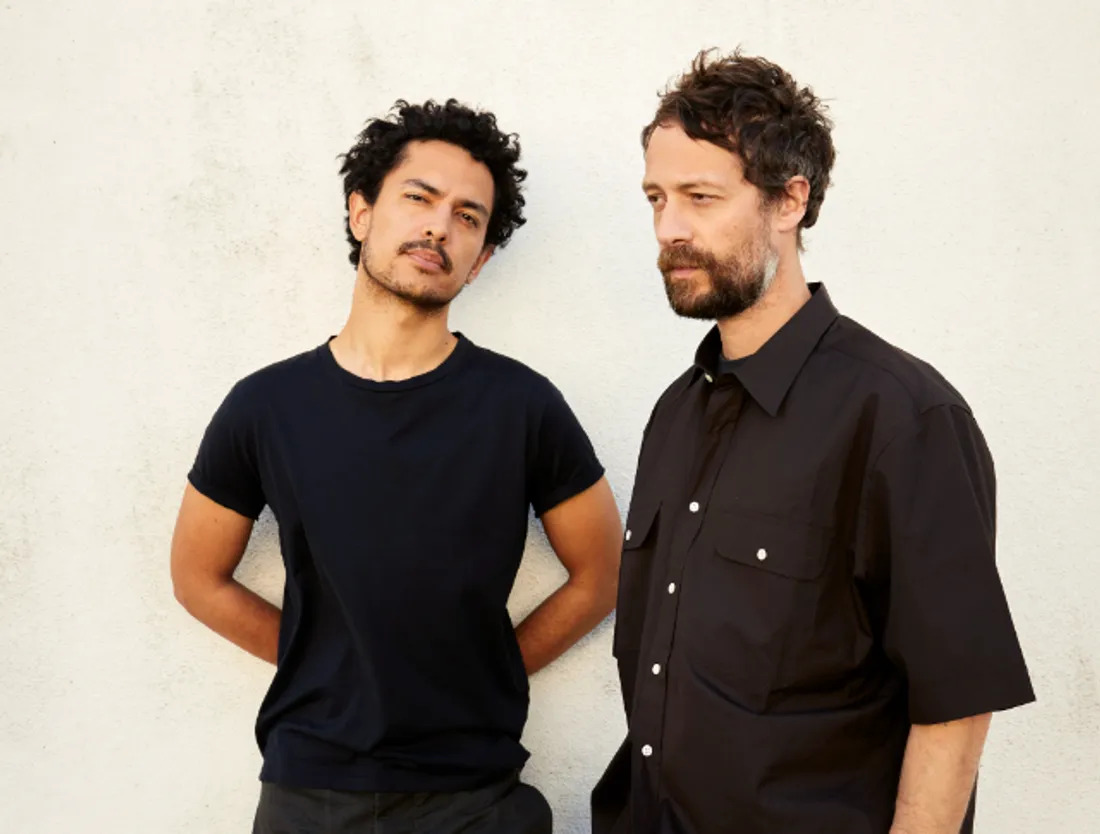What was your first shock?
aesthetic shock?
“The Starck citrus press that I received on my twelfth birthday. At that time, I didn’t understand all the design codes and references, but I was fascinated. Even as a child, I could see myself in his boldness and creative humour. I admire the innovative way he looked at design in the 1980s. Perhaps it was my rebellious side that was already emerging, in contrast to too much classicism at home. I often think of this image, which is always very inspiring.”

































